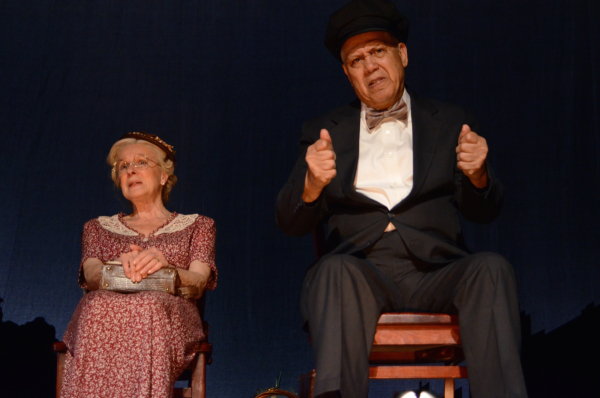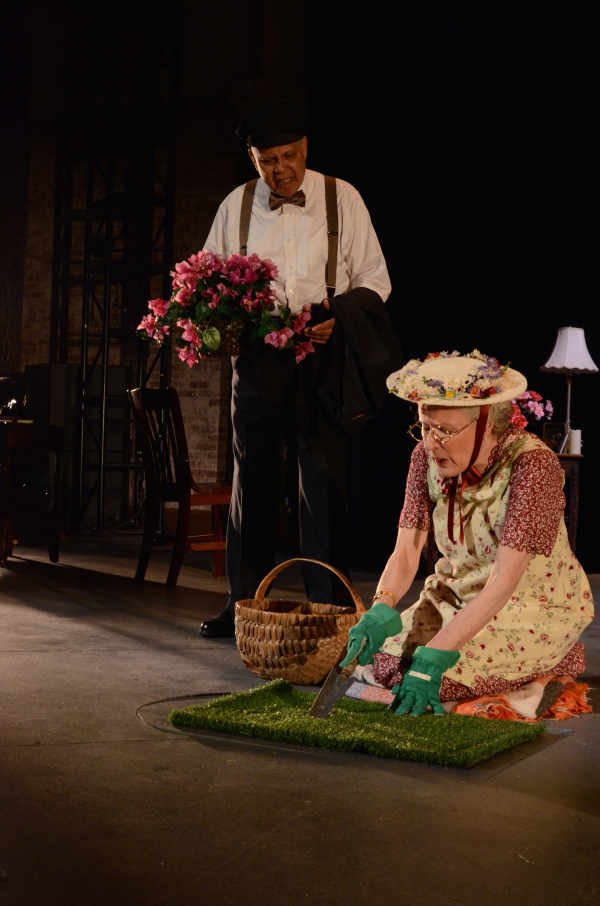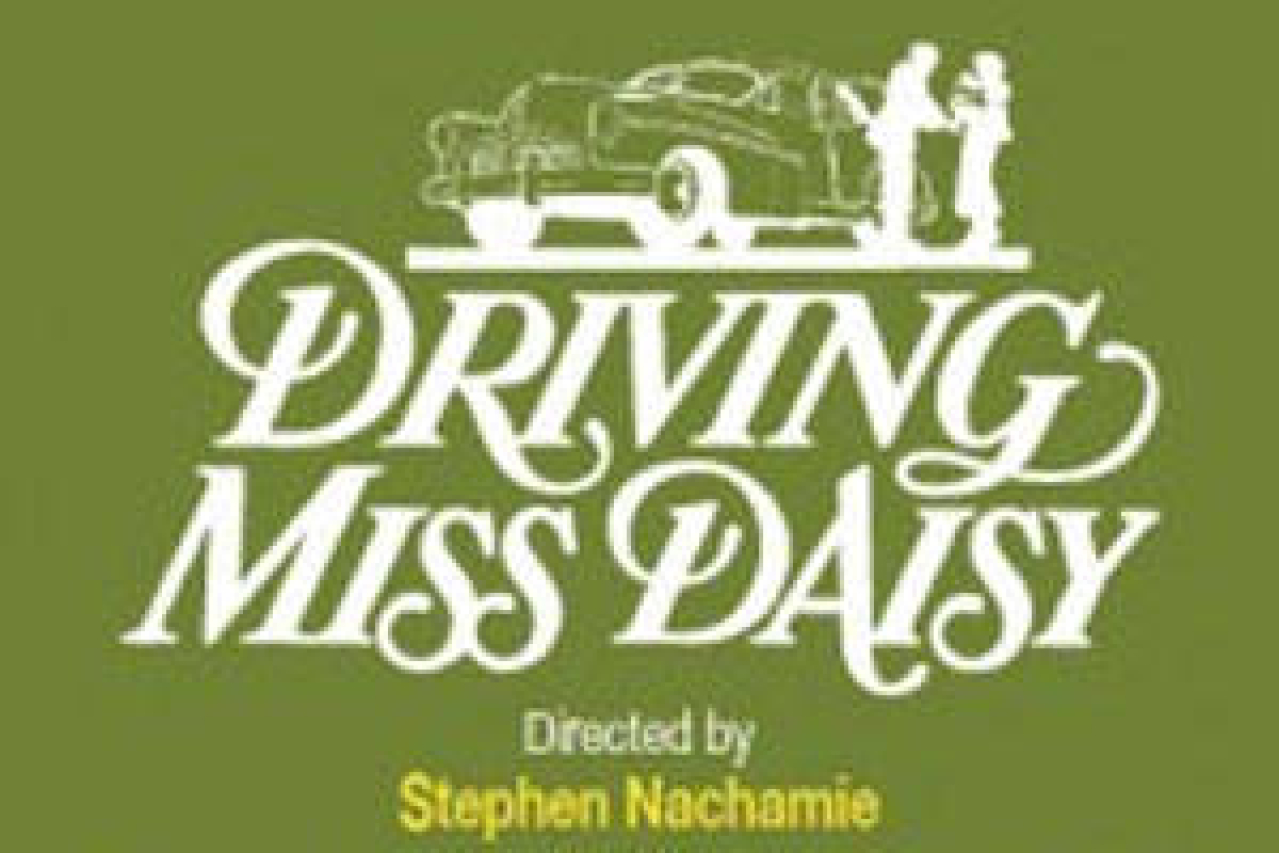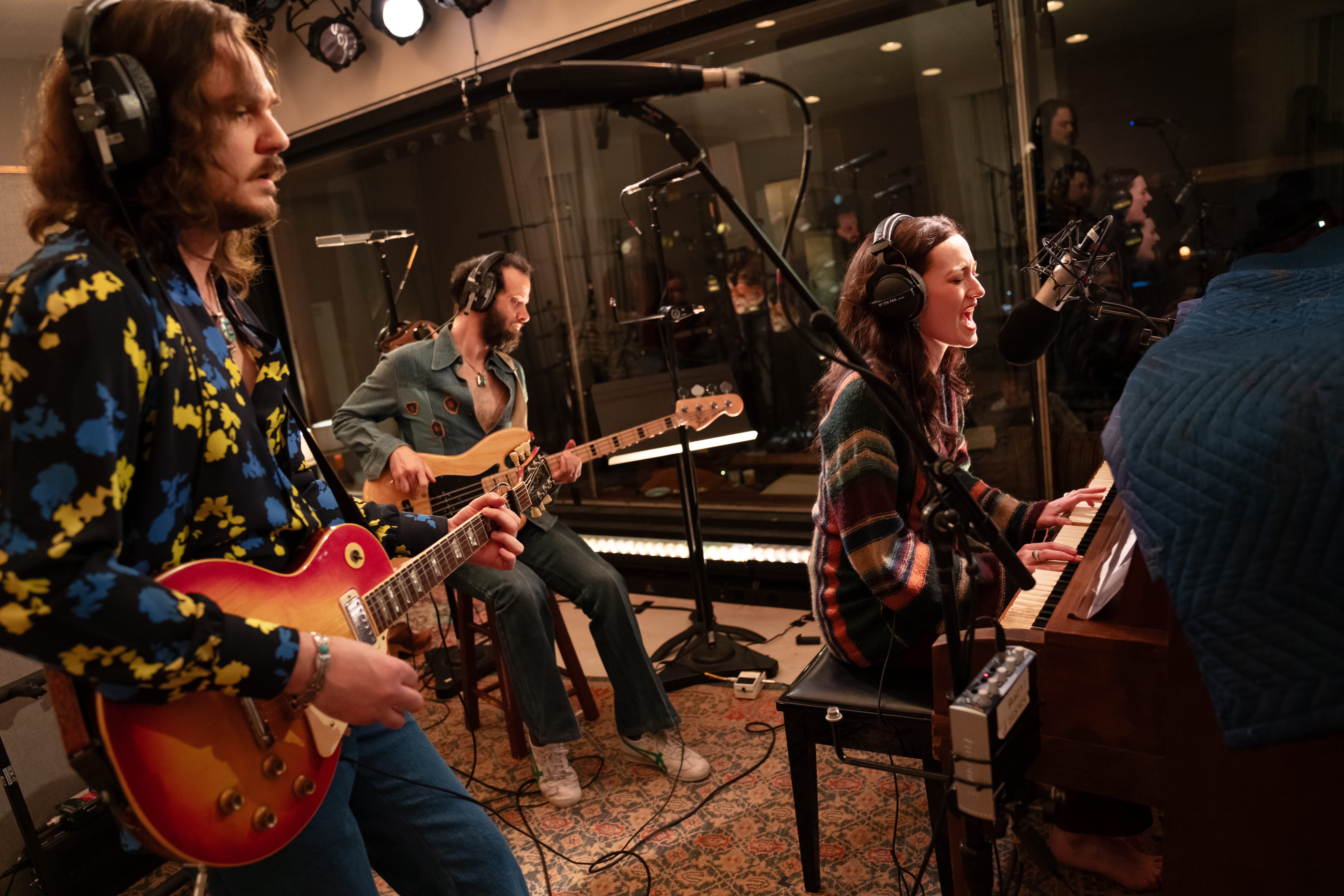Driving Miss Daisy

(© bittenbyazebra)
When most people think about Driving Miss Daisy, they probably recall Morgan Freeman and Jessica Tandy playing that charmingly odd and comical pair of friends Hoke and Daisy in the Oscar-winning film version, unaware that the title first belonged to a play by Alfred Uhry. But after seeing the funny, heartwarming production now being staged by Harbor Lights Theater Company at the Music Hall of Staten Island's Snug Harbor Cultural Center, folks may be more likely to recall the names Joy Franz and Larry Marshall. These two Broadway actors delight not only with their individual performances but with their exceptional onstage chemistry. You're not likely to see finer portrayals of these classic roles anywhere.
The play follows Daisy Werthan (Franz), a Jewish widow living in Atlanta, Georgia, who can no longer drive a car without crashing it into something. So her son, Boolie (Jay Montgomery), hires African-American Hoke Coleburn (Marshall) to chauffeur the feisty, fiercely independent dowager. She rails against Hoke's presence at first. "I don't need you. I don't want you," she tells the kindhearted but no-nonsense Hoke, who doesn't have a problem laying down the law when Daisy goes too far. But as the two travel together through the socially turbulent and racially charged years between 1948 and 1973, she discovers that she needs Hoke more than she could have ever imagined.

(© bittenbyazebra)
Harbor Lights alum Stephen Nachamie directs with a gentle hand. Because the play compresses about 25 years into roughly 90 minutes, Nachamie allows subtle cues to suggest the passage of time. Daisy and Hoke spend many of their hours riding together in Daisy's cars, represented simply by one chair placed slightly upstage from another. Though we cannot see the cars, we know they change over the years by the different ways (accentuated by Joe Marrone's clever sound design) that Hoke mimes driving them. We also see Daisy grow older whenever she tries to get out from the backseat, her aging body struggling a bit more each time. Such details add texture to the play between the spoken lines.
The true delight of this production is its performances. Franz and Marshall have a magical chemistry onstage that is as comical as it is moving. Franz gives her Daisy a charmingly irascible nature that seems to need the calmness of Marshall's more even-tempered Hoke. In one scene, however, while they are driving to Mobile, Alabama, Hoke adamantly refuses to let Daisy tell him when it's all right for him to relieve himself, then stops the car and gets out. Marshall never allows his Hoke to seem uncivil, but he conveys a stern dignity that Daisy knows she must respect, albeit reluctantly. When he leaves Daisy alone in the backseat, Franz convincingly shows us a frightened woman who is coming to realize how important the man who drives her car has become to her.
Jay Montgomery plays Daisy's son, Boolie, with a cool tranquility only occasionally ruffled by his mother's caprices. Montgomery allows the focus to stay on Daisy and Hoke's relationship, which culminates with Daisy's extraordinarily moving admission near the end, beautifully delivered by Franz. You may find it difficult to hold back a tear.
Tabitha Pease's evocative and inspired scenic design also suggests the years that Daisy and Hoke pass in each other's company. With the stage's receding perspective of a city street disappearing in the distance, the set calls to mind the long road that these two people from different worlds are traveling, not only with each other but through a changing America. It's on this road that they experience the horror of prejudice and intolerance when Daisy's temple is bombed and Hoke tells her of the lynching murder of a friend's father. Sam Gordon's soft lighting creates haunting silhouettes of these two travelers, old companions making their way down the same difficult road, side by side, in an indelible bond of friendship. Harbor Lights' Driving Miss Daisy is a classic, beautiful production of this timeless American play.











